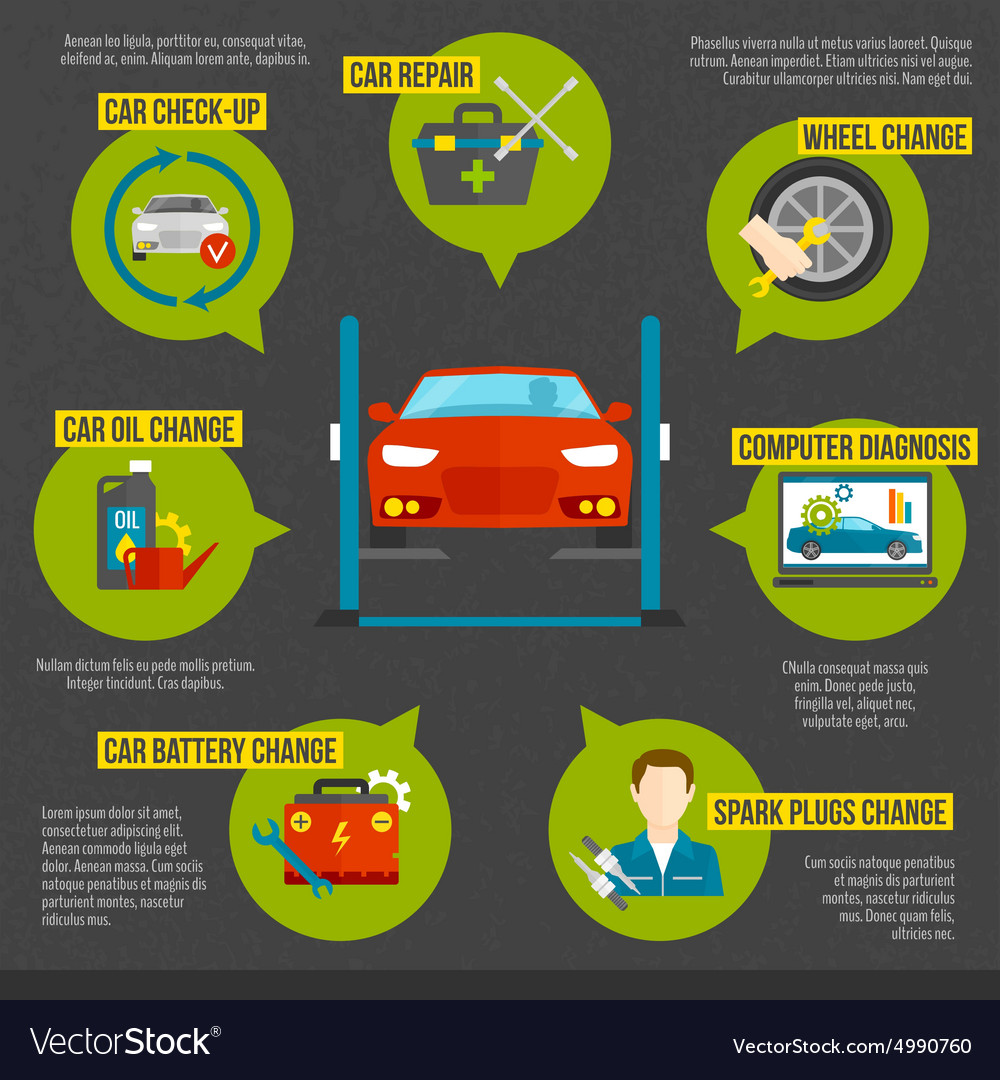Grasping The Value Of Your Cars And Truck'S Warning Signals: What They In Fact Represent
Grasping The Value Of Your Cars And Truck'S Warning Signals: What They In Fact Represent
Blog Article
Material Author-Lauritsen Corbett
When you're behind the wheel, those glowing warning lights on your dashboard can be a little bit complicated. Do you understand what they're attempting to tell you regarding your automobile's health? Recognizing https://www.nbcdfw.com/news/nbc-5-responds/nbc-5-responds-auto-parts-shortage-leads-to-delayed-repairs/2829541/ of these lights is important for your safety and security and the long life of your automobile. So, the next time among those lights appears, would not you want to analyze its message accurately and take the needed actions to resolve it?
Common Caution Lights and Interpretations
Recognize typical caution lights in your cars and truck and recognize their meanings to ensure safe driving.
One of the most typical caution lights consist of the check engine light, which signals issues with the engine or discharges system. If this light comes on, it's critical to have your vehicle checked without delay.
The oil pressure alerting light shows low oil pressure, requiring immediate focus to stop engine damage.
https://rowanvoizs.bleepblogs.com/32624082/mobile-cars-and-truck-detailing-benefit-meets-top-quality-for-your-car flashing battery light might suggest a faulty charging system, possibly leaving you stranded otherwise dealt with.
The tire stress surveillance system (TPMS) light informs you to reduced tire stress, influencing car security and fuel effectiveness. Disregarding this might result in risky driving conditions.
The abdominal light suggests an issue with the anti-lock stopping system, compromising your capability to stop promptly in emergency situations.
Lastly, the coolant temperature warning light warns of engine getting too hot, which can lead to extreme damage if not solved promptly.
Comprehending these usual caution lights will certainly aid you deal with issues immediately and maintain safe driving problems.
Relevance of Prompt Attention
Understanding the typical warning lights in your auto is only the primary step; the significance of without delay dealing with these warnings can't be highlighted enough to guarantee your security on the road.
When a warning light brightens on your control panel, it's your car's way of connecting a possible problem that requires focus. Overlooking these warnings can lead to more severe problems down the road, endangering your safety and potentially costing you much more in repairs.
Trigger focus to alerting lights can stop malfunctions and mishaps. For example, a blinking check engine light can suggest a misfire that, if left ignored, might cause damage to the catalytic converter. Resolving this promptly can save you from a pricey repair.
Likewise, a brake system alerting light may signify low brake fluid or worn brake pads, essential parts for your security when driving.
DIY Troubleshooting Tips
If you discover a caution light on your dashboard, there are a few DIY repairing tips you can attempt before looking for professional help.
The initial step is to consult your automobile's handbook to understand what the specific caution light shows. In some cases the issue can be as simple as a loose gas cap triggering the check engine light. Tightening the gas cap may solve the trouble.
One more common concern is a reduced battery, which can set off different warning lights. Checking the battery connections for rust and ensuring they're safe may fix the trouble.
If a warning light persists, you can try resetting it by detaching the car's battery for a couple of mins and after that reconnecting it. In addition, checking your lorry's fluid levels, such as oil, coolant, and brake fluid, can aid fix advising lights connected to these systems.
Conclusion
Finally, understanding your auto's warning lights is essential for keeping your car running smoothly and safely. By without delay dealing with these alerts and knowing what they suggest, you can prevent costly repair services and potential breakdowns.
Bear in mind to consult your automobile's guidebook for certain details on each warning light and do something about it as necessary to make sure a trouble-free driving experience.
Remain educated, remain risk-free when traveling!
